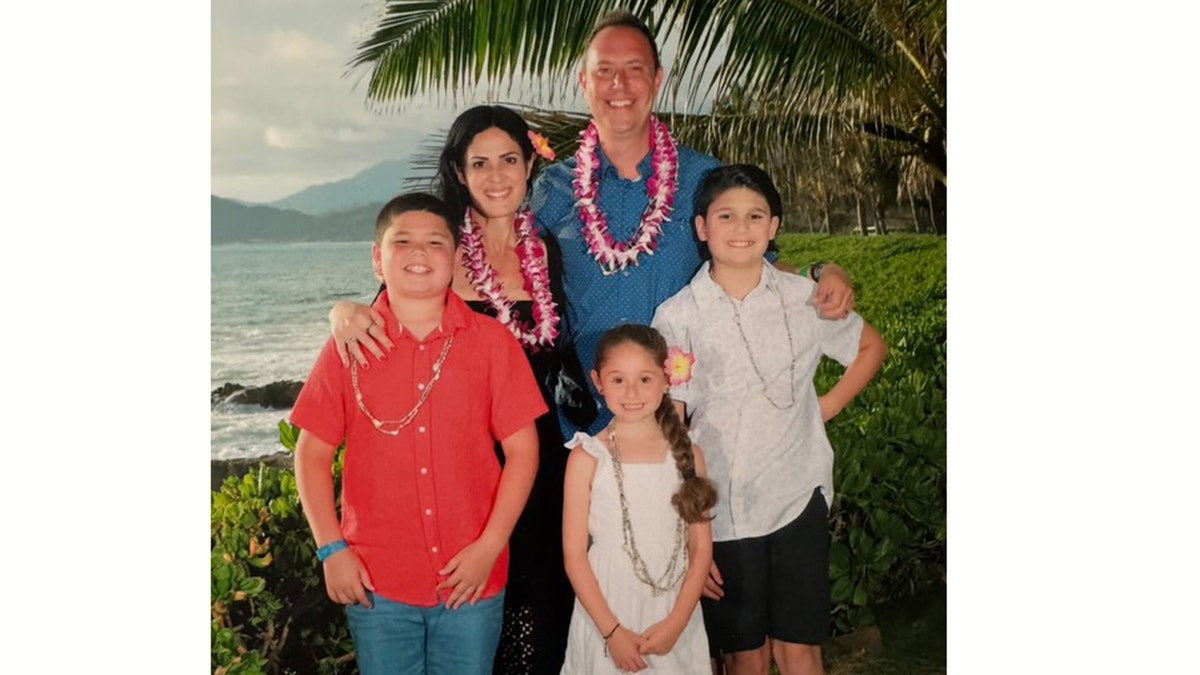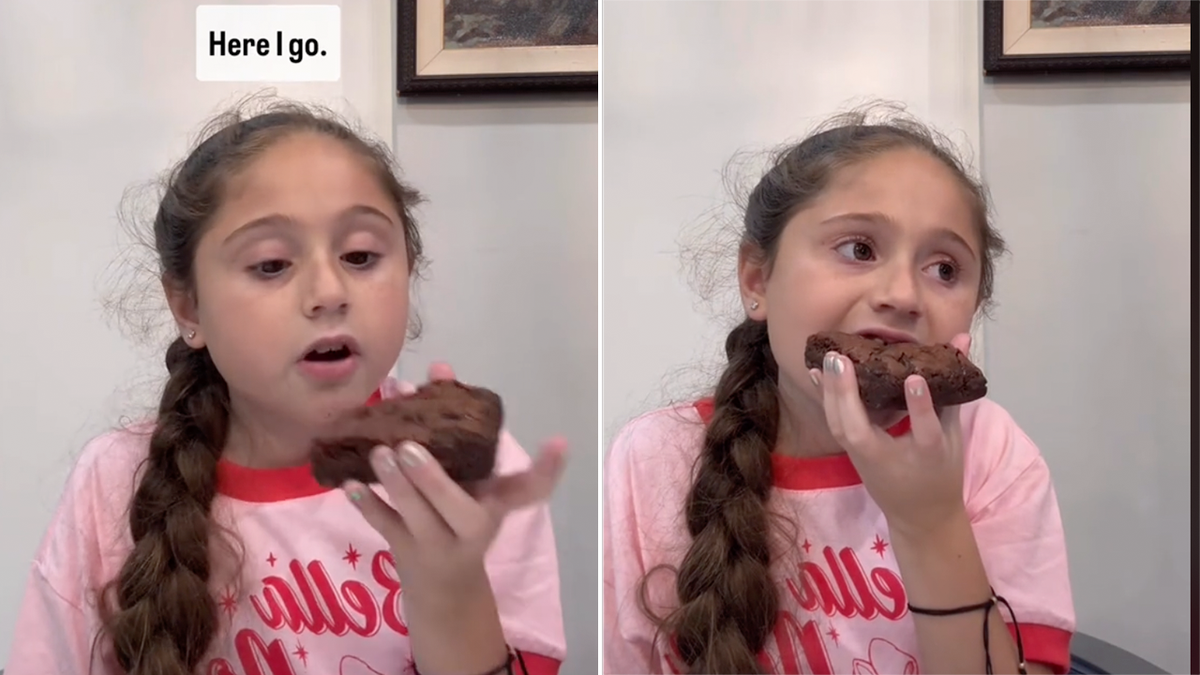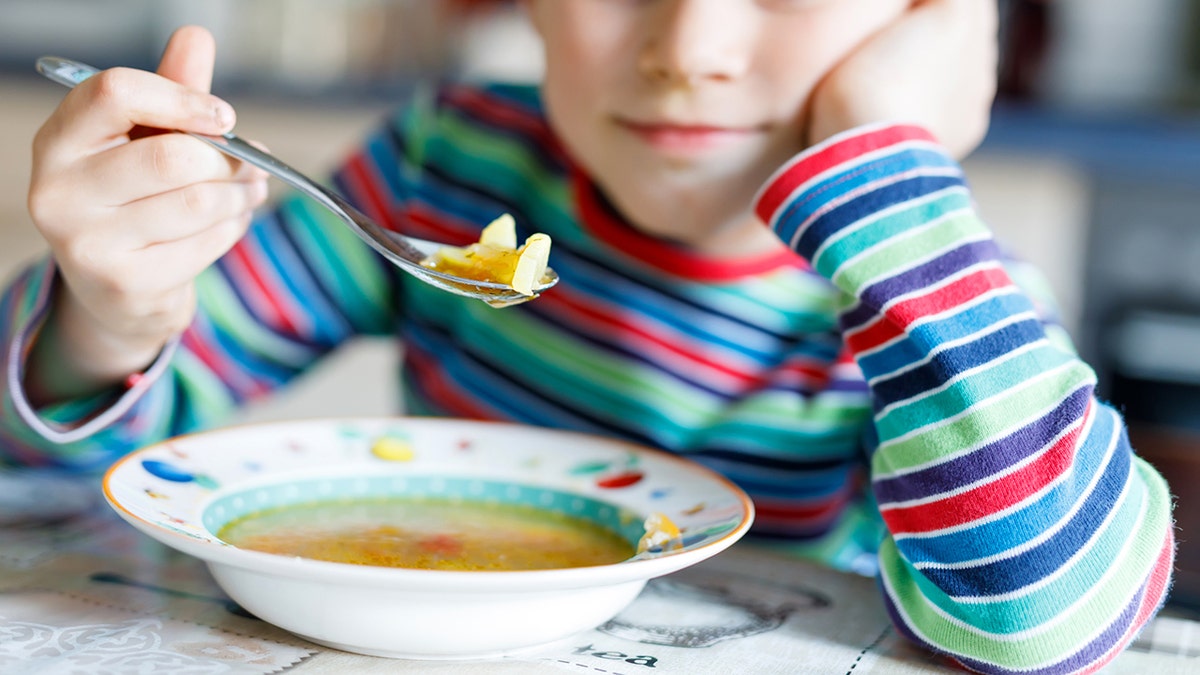Avoidant Restrictive Food Intake Disorder (ARFID), while less recognized than other eating disorders, poses significant health risks. This condition, characterized by extreme fear and anxiety related to food, can lead to severe malnutrition and nutrient deficiencies.
Nine-year-old Hannah from Los Angeles, along with her mother Michelle, have bravely shared their ARFID journey on social media platforms like Instagram and TikTok, amassing a substantial following. Their videos showcase Hannah courageously trying new foods, inspiring countless others facing similar challenges.
Michelle initially perceived Hannah's eating habits as simply picky eating. However, as Hannah grew older, her food aversion intensified, impacting her growth and overall well-being. After COVID-19, Hannah's condition worsened, prompting a series of medical consultations and tests to rule out other potential health issues. Doctors initially dismissed concerns, expecting Hannah to outgrow her pickiness. However, her aversion escalated to the point where she couldn't tolerate being around food, experiencing extreme anxiety at the mere mention of it.

Michelle describes the challenges of Hannah's early childhood, noting her initial acceptance of pureed foods but subsequent rejection of solids. The difficulties persisted as Hannah grew, limiting her food choices to a select few. Medical professionals weren't initially alarmed, anticipating that Hannah would eventually overcome her selective eating. However, the situation deteriorated following the COVID-19 pandemic, resulting in Hannah eliminating even more foods from her diet. This prompted Michelle to seek further medical advice, leading to various tests and referrals to specialists.

A turning point came when Hannah expressed her anxiety surrounding food, leading Michelle to seek help from a therapist specializing in ARFID. The therapist validated Michelle's concerns, confirming that Hannah's symptoms aligned with ARFID. Initially, nutritional protein shakes were recommended, but Hannah struggled to consume them. However, recognizing the severity of her condition, Hannah expressed a desire for change. With the risk of needing a feeding tube looming, Hannah and Michelle embarked on a journey of overcoming ARFID. Through creative methods and encouragement, Hannah started consuming the shakes, and the idea to document her progress through videos was born. This initial video, intended for the therapist, became the catalyst for their online presence, connecting them with a supportive community and raising awareness about ARFID.



Hannah's journey has been transformative, not only improving her physical health but also boosting her confidence and emotional well-being. Her online presence has become a source of inspiration and connection for individuals and families affected by ARFID. Hannah actively uses her platform to raise awareness, sharing tips and insights gained through therapy. The family has also established the ARFID Awareness nonprofit to further support the community and advocate for increased access to treatment.


Expert insights from Taylor Rae Homesley, executive director of The Emily Program’s Atlanta-based Eating Disorder Treatment Center, shed light on the three primary ARFID symptom categories: fear of consequences (e.g., vomiting, choking), lack of interest in food, and avoidance based on sensory characteristics (taste, texture, smell, temperature). Homesley emphasizes the importance of recognizing ARFID as a distinct eating disorder requiring specialized treatment. While treatment approaches are still evolving, cognitive behavioral therapy has shown promise in helping individuals manage and overcome ARFID. Michelle stresses the need for greater awareness, community support, and readily available resources for those affected by this lifelong condition.
Comments(0)
Top Comments